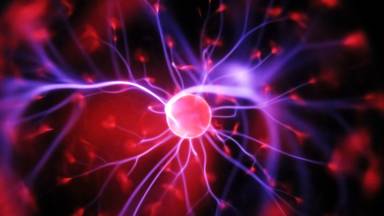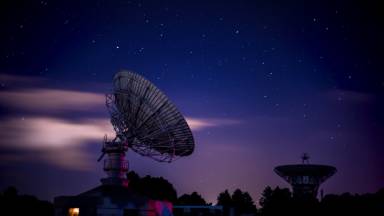
Over the past decade, the global capacity of photovoltaic cells has increased year on year, contributing to lower prices and more efficient solar cells, to push fossil fuel producers out of the global market through technological advancements. At the end of 2019, the total installed power capacity of solar cells was over 630,000 MW, and this number is set to increase dramatically in the coming decades.
However, during the 40 years of using photovoltaic cells, there was a mysterious problem that impeded the potential of photovoltaic electricity. Laboratory tests showed that the efficiency of newly produced solar cells is about 20%.
However, within a few hours of working, the efficiency drops to 18% which decreases total energy production by 10%.
A power loss of 10% at 630,000 MW is not a negligible problem.
It equates to the energy of about 30 nuclear power plants, if we assume that those solar panels could work all the day long. A lot of potential energy waste. That's why scientists and engineers keep looking for the root cause of that problem for 40 years. They even coined a term for the problem: light induced degradation.
To understand this, we must first understand how solar photovoltaic energy works.
Photovoltaic cells use the photoelectric effect to generate electric current.
When photons hit a material with a certain threshold frequency, this effect causes the electrons to receive enough energy to drive them out of the atomic orbits and move freely within the material. This is best achieved with semiconductors. The unique property of a semiconductor is the ability to switch from insulation to conduction, which allows them to easily lift electrons from their orbits and pass through their atoms freely. Some of the oldest solar cells are made from selenium, which was a revolutionary design to produce sustainable electricity. But the efficiency of such devices is only around 1%.
With the high price of selenium, it becomes an infeasible source of electricity. To be successful, these devices must compete with fossil energy sources. Before the photoelectric effect can power the world, scientists and engineers had to figure out how to increase efficiency by using cheaper materials.
Enter Silicon.
A common semiconductor material which has prepared the ground for the electronic age. Replacing Selenium with Silicon was the starting point for the development of the more efficient solar cells.
The next step to improving performance is to reduce the amount of light that the material reflects because the wasted energy affects solar cell's efficiency. In fact, untreated Silicon reflects 30 percent of the light that falls on the surface which reduces the maximum gain to 70%. Therefore, a silicon monoxide layer is often used for silicon processing which can reduce the reflected light to 10%. A second layer using materials such as Titanium Dioxide can reduce the reflection to only 3% resulting in increased light absorption.
About 4% of the energy that reaches the Earth's surface is ultraviolet light, because sun relatively does not emit a lot of UV photons. Surprisingly, although infrared light is very lower in energy, but it covers a longer range of the spectrum and therefore produces more energy.
This represents about 19% of the sunlight's total energy. Another point is that light with more energy does not emit more electrons, but only produces electrons with higher energy. For example, the energy of blue light is about double that of red light energy, but the electrons that emit blue light lose their extra energy in the form of heat so they do not produce extra electricity.
It is huge energy loss, but silicon has almost the ideal frequency, which can compensate for these two energy losses. It absorbs much more energy from shorter wavelengths while avoiding loss of over-heating of the materials.
Silicon has 4 electrons in its shell, so it can easily form a crystal structure with 4 neighboring atoms through covalent bonds, a bond where neighboring atoms share an electron pair. Therefore, it creates a "hole" in the crystal that needs to be filled with other electrons. It forces the electrons to jump around the material.
This means that one side of the node has a negative charge and the other side a positive charge, and we have created a potential difference or voltage. If we add some metal connections to the external charge circuit, these electrons will pass through the chain and reconnect to the other side hole.
Plants have been evolving for millions of years to reach the most efficient shape for solar energy harvesting but most man-made solar cells use simple grid-shape design because they are cheaper to produce. The unoptimized shape usually results in an 8% drop in efficiency.
In total, these effects lead to the efficiency of modern types of modern silicon solar cells being 20% in laboratory conditions. So what about an 18 percent drop after a few hours of work? This problem has been covered in hundreds of scientific articles and many people have found traces of the cause of this phenomena.
Many people attribute the decrease in efficiency to the concentration of boron and oxygen in silicon, noting that this drop does not occur when boron is replaced with gallium. Hence, the Boron-Oxygen-related (BO) defect is known to cause this problem. Others have found that by heating silicon at 200 degrees in the dark for 30 minutes, the defect resolves but under the influence of light the defect returns again.
Efforts to mitigate this problem have focused on decreasing the concentration of oxygen impurities in the silicon wafer, which exists in 95% of silicon solar cells. Engineers are trying to design new manufacturing techniques to come up with better ways to prevent this problem, hopefully they will help increase our ability to generate renewable energy in the years to come.









